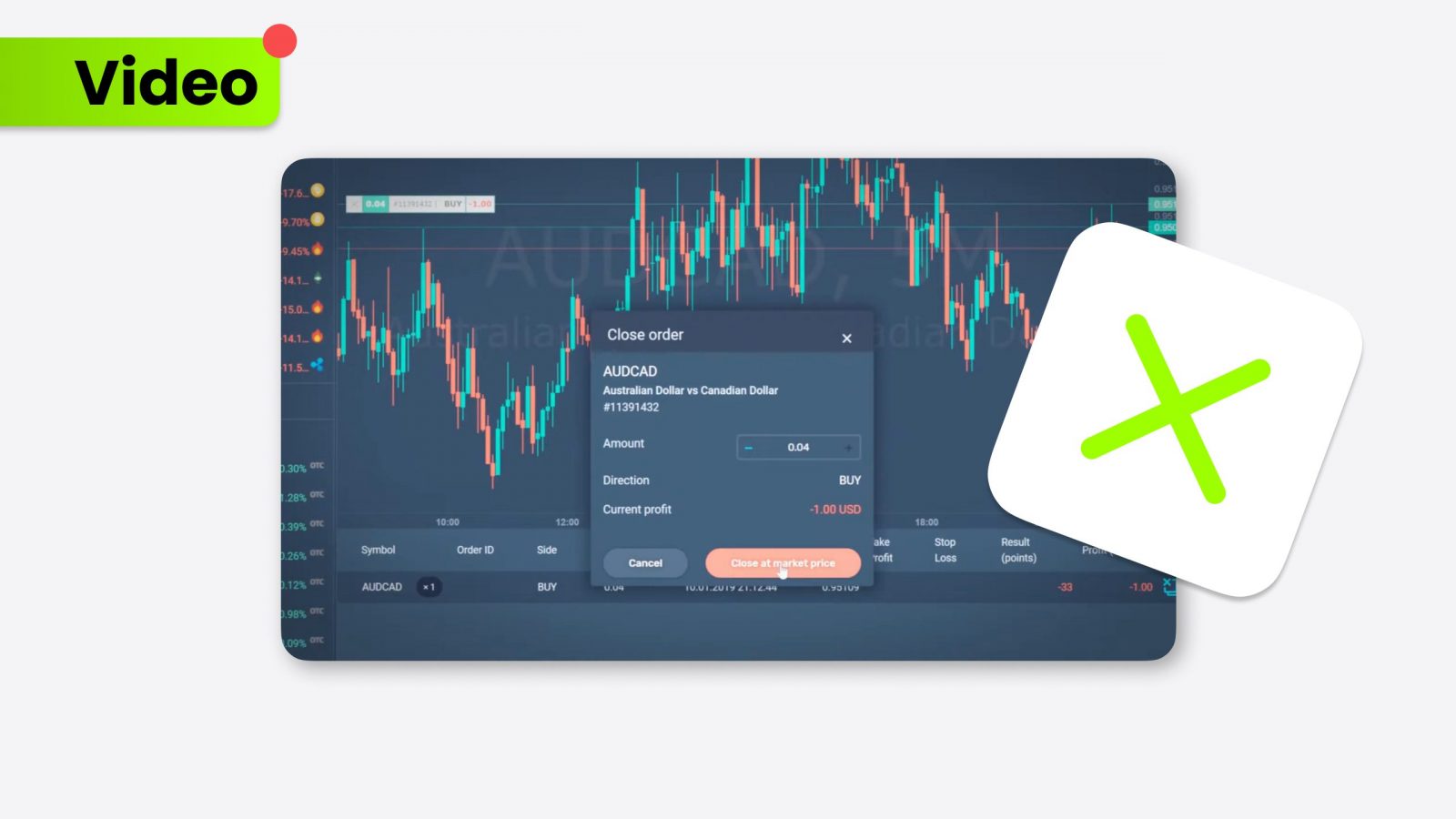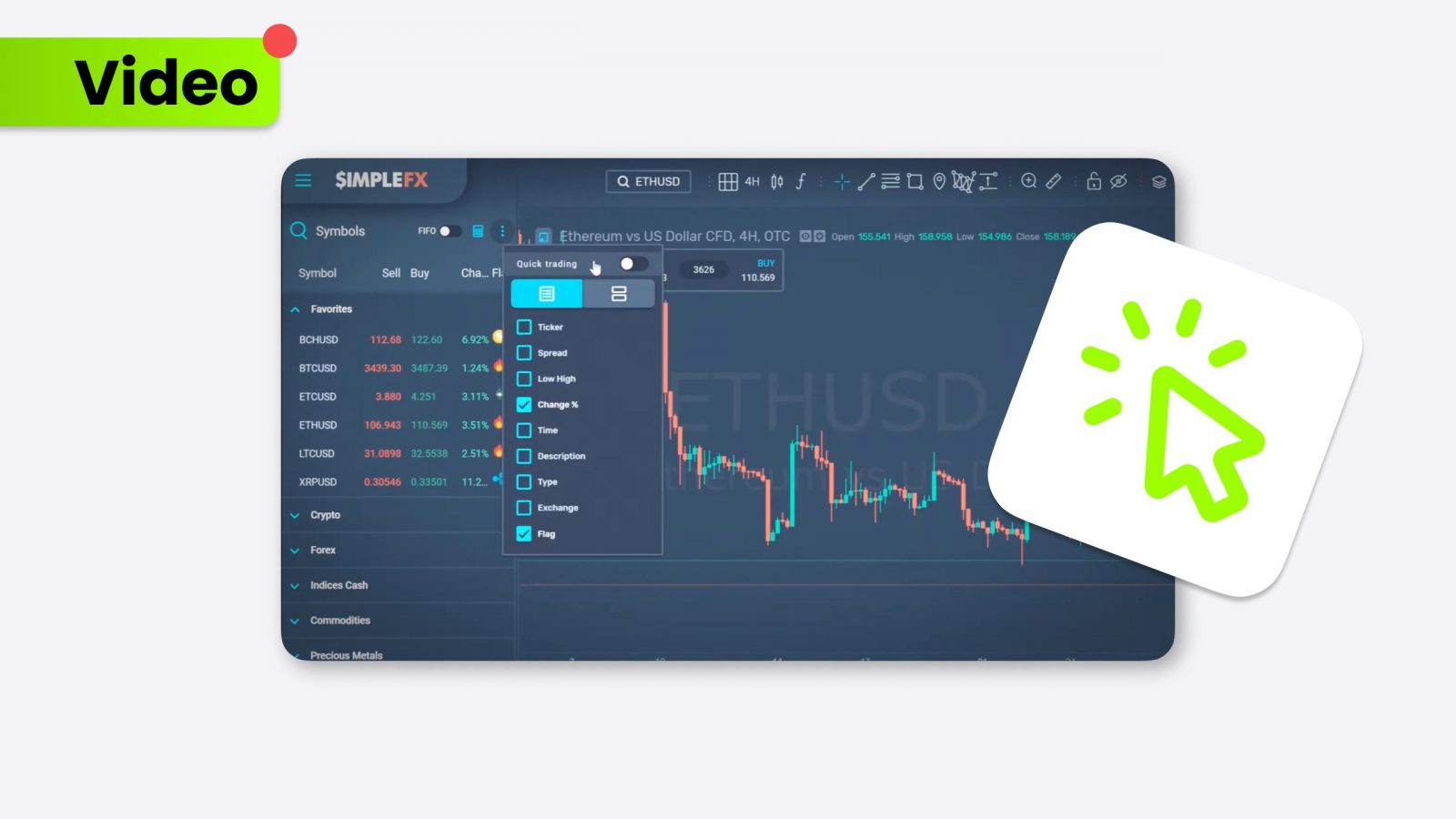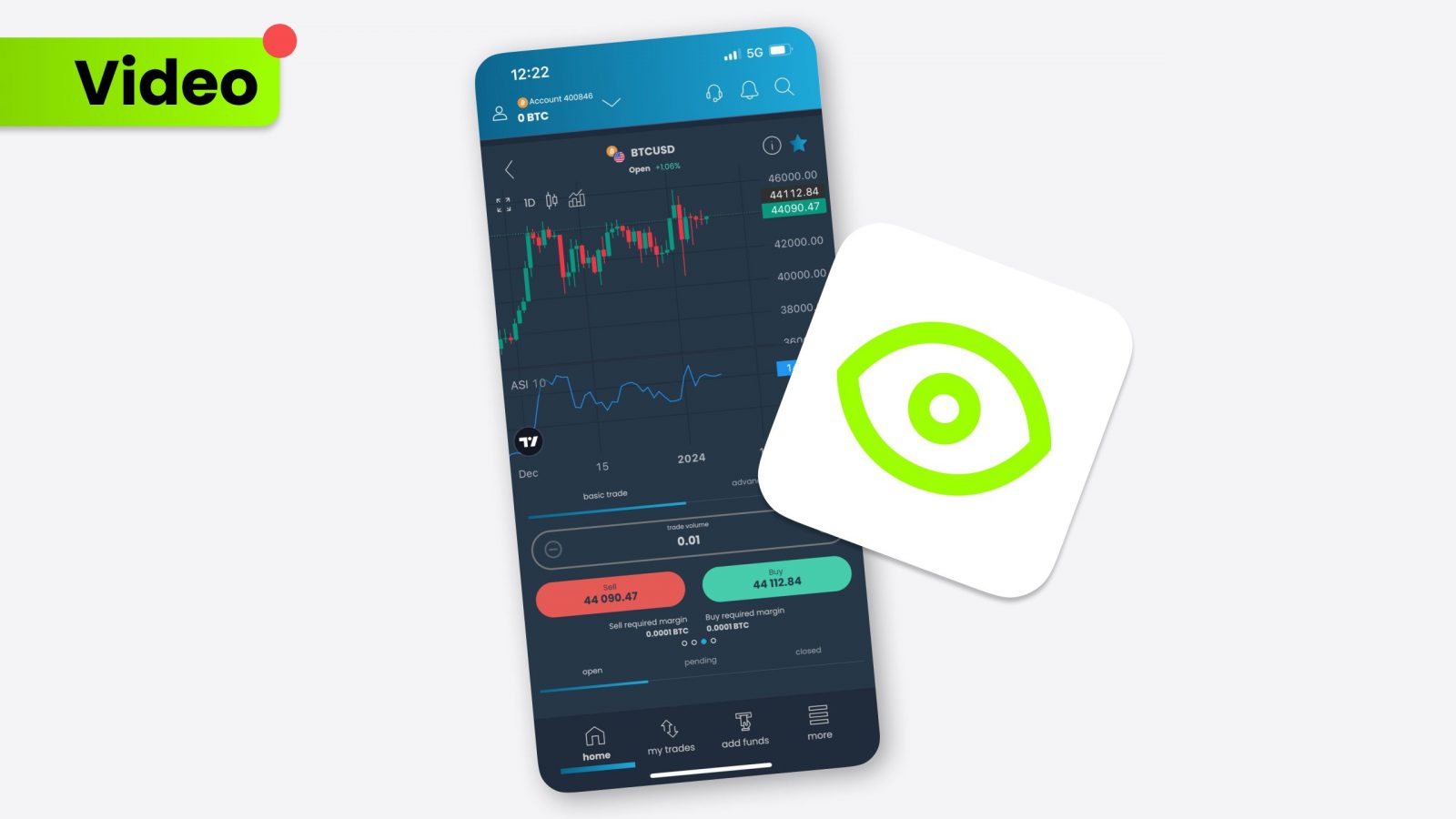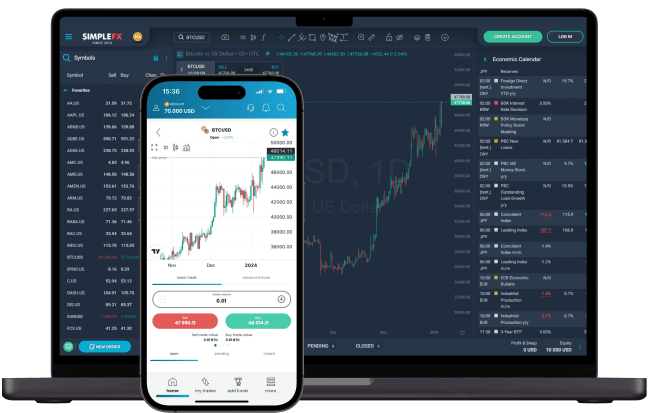Exploring the fundamentals of Non-Farm Payrolls (NFP), a crucial economic indicator that significantly impacts global financial markets by reflecting employment trends outside agricultural activities. This data provides insights into the economy’s health, influencing investor decisions and monetary policies.
In this article, you’ll find out about:
- basics of NFP and its role in economic assessments,
- influence of NFP on forex and commodities,
- impact of NFP on inflation and monetary policy,
- relationship between NFP, CPI, GDP, and other key economic indicators.
Understanding NFP
Understanding Non-Farm Payroll (NFP) and its economic impact is essential for anyone involved in the financial markets, especially when trading major currency pairs like EURUSD. NFP data, released on the first Friday of every month, measures the number of jobs added or lost in the U.S. economy, excluding farm workers, government employees, and a few other job classifications; a firm NFP number suggests economic growth, often leading to a bullish sentiment for the U.S. Dollar, as it may signal potential interest rate hikes by the Federal Reserve.
Furthermore, the unemployment rate, released alongside the NFP data, provides additional insight into the labor market’s health. A decreasing unemployment rate typically strengthens the U.S. Dollar, suggesting economic expansion. However, understanding the nuances of NFP data’s interactions with unemployment rates is vital in identifying market movements and making informed decisions.
How to trade NFP: Forex and commodities
After NFP releases, traders focus on forex market movements. Before that, investors should review historical data and forecasts to gauge potential market reactions. A significant deviation from expected figures can cause dramatic movements in forex pairs, particularly those involving the USD.
Moreover, commodities like gold often serve as a hedge against the USD’s volatility following NFP announcements. When this data indicates a strong U.S. economy, leading to a stronger dollar, investors historically shift away from gold. Conversely, weaker-than-expected Non-Farm Payroll results might lead to a weaker USD, making gold more attractive as a safe haven investment.
Incorporating trading times into NFP forex trading strategies also necessitates an awareness of global trading hours, as forex markets operate 24 hours a day across different time zones. This global cycle means that traders around the world can impact reactions to Non-Farm Payroll data, each with their strategic responses to the news. As a result, traders need to stay updated on how different time zones might affect liquidity and volatility.
NFP: Interest rates
The Non-Farm Payroll report plays a pivotal role in shaping the interest rate decisions of central banks, notably the Federal Reserve, with inflation being a key factor. A strong NFP, indicating considerable employment growth, suggests an expanding economy. This growth can lead to increased consumer spending, potentially raising inflationary pressures. Central banks, aiming to keep inflation within target ranges, may respond to these pressures by adjusting interest rates. Those higher ones are usually used to cool down an overheating economy and hail inflation, while lower rates aim to stimulate economic activity by making borrowing cheaper.
For traders and investors, understanding the interplay between NFP, interest rates, and inflation is crucial. A higher-than-expected NFP figure can lead markets to anticipate a hawkish stance from the Fed, potentially driving up the USD as investors adjust to potentially higher interest rates. A weak NFP report might signal an economic slowdown, leading to expectations of a dovish response – lower interest rates to encourage borrowing and sending, which could weaken the USD.
NFP and other indicators
Investors have to analyze the Non-Farm Payroll releases together with several other economic indicators, such as the Consumer Price Index (CPI), Gross Domestic Product (GDP), and the unemployment rate. Together, these metrics offer a comprehensive view of the economic landscape, enabling investors and traders to make more informed decisions.
Thanks to CPI, GDP, and other indicators, NFP has become an even more powerful tool in traders’ hands. This combination allows for gauging the economy’s direction and the potential impact on monetary policy and market sentiment. This holistic approach allows for a deeper understanding of market dynamics, guiding trading strategies in forex, equities, and commodities markets. By integrating these indicators, market participants can identify trends in economic policy and adjust their portfolios accordingly, capitalizing on the nuanced relationships between employment, inflation, and economic growth.
Market reaction after NFP: Examples
The Non-Farm Payroll report uniquely shapes various financial markets, from forex to equities and commodities. Investors should delve into the NFP’s impact on the USD performance, affecting currency pairs and becoming essential in stock market valuations and commodity prices influenced by NFP. Examples will illustrate the connections between global financial markets and this data’s pivotal role in shaping investment strategies and market sentiment.
NFP case study
Reactions resulting from changes in the U.S. employment levels can and often do cause sharp changes in the valuation of important global assets.

The above example shows reactions to a higher-than-expected reading of added jobs. A strong labor market allows the FOMC to ease its monetary policy, i.e. lower interest rates. This, in turn, weakens the value of the dollar because the level of interest rates is nothing more than the cost of money in a given country. This is why the dollar index is rapidly falling.
NFP release dates
The NFP report is published on the first Friday of each month, providing fresh data that impacts financial markets globally. Understanding NFP release dates is crucial for investors and traders to prepare for potential market volatility.
The timing of NFP releases is particularly important concerning the Federal Open Market Committee (FOMC) meetings. The FOMC, which sets U.S. monetary policy, closely monitors NFP data as part of its decision-making process on interest rates, directly influencing the economy’s inflation and employment goals. A strong NFP report might indicate a healthy economy, potentially leading the FOMC to consider raising interest rates to manage inflation. Conversely, weak employment growth could signal an economic slowdown, starting discussions on easing monetary policy to stimulate growth.
Conclusion
Traders have to realize the importance of Non-Farm Payroll (NFP) in forex, commodities, and interest rates. NFP data informs employment trends and significantly influences USD performance, inflation expectations, and central bank policies, particularly the Fed’s interest rate decisions. By integrating NFP with indicators like CPI and GDP, traders and investors gain a comprehensive view of the economic landscape, aiding in strategic decision-making.




















































